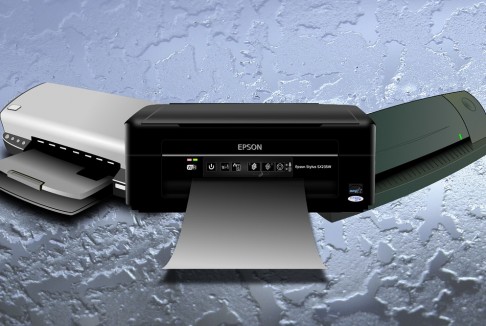Digital Printing vs. Rotogravure Printing: Which one is Better

Digital Printing vs. Rotogravure Printing: Which one is better?
Why is it important to understand the difference between digital printing vs. Rotogravure printing before you choose one over the other?
Let’s have a look over the differences between digital printing vs. Rotogravure printing one by one.
What is Digital Printing?
Digital printing does not use printing plates like Rotogravure printing, but instead, it uses a toner like used in laser printers or other large printers that uses liquid ink for printing. Digital printing takes an edge over Rotogravure printing when smaller quantities of bags are needed, for example, a food manufacturer who has 50 or 100 business packaging printing items and needs just minimal bags of each. The other added benefit of digital printing over Rotogravure printing is that it uses variable data. When there is a need that each piece needs a unique code, address and name digital printing is the perfect choice to go with. While Rotogravure printing does not have this capability to accommodate this need.
While there is no doubt that Rotogravure printing is more economical per each bag, we still can’t deny the fact that many businesses do not need large runs of 10,000 or more per each SKU, and for them, the best solution is digital printing.
What is Rotogravure Printing?
The rotogravure printing process is different from digital printing. Unlike toner in digital printing, an image is directly engraved onto the paper, box, or packaging in rotogravure printing. Rotogravure is a relief print process that uses an engraved, often metal, print plate to transfer a design by rolling through ink and onto the printing surface. In packaging, rotogravure printing is used most often to print on thin, flexible material like a stand-up pouch, film roll stock and so on.
What are the Advantages of Digital Printing?
- There are no Printing Plates Costs.
- Print only the amount you need, when you need it
- Lower minimum quantities (as low as 300 – 1,000 pieces per print, depending on how many SKUs you have)
- Variable data capability (names, addresses, codes or numbering can be done easily)
- Improved technology has made digital quality acceptable for more uses
What are the Advantages of Rotogravure Printing?
- Large quantities can be printed cost effectively
- The more you print, the cheaper the price per piece becomes
- A larger variety of material structure types with custom finishes can be used
- Special custom inks such as metallic and Pantone colors are available
- Highest possible printing quality, with greater detail and color fidelity
Which One is the Right Fit for my Next Project?
Rotogravure and digital are both useful printing methods. Each has particular benefits, depending on your project’s requirements. When you need larger runs of a project, Rotogravure printing is the way to go.
If a smaller run is needed either cause you are having too many SKU’s and can’t print 10,000 of each, or cause you to want to add a new item to your product line but want to try it first with smaller runs, digital printing is your solution. The best part is that as a business, your needs can be met with either of these choices, and the high-level of quality means you get a printed product that will make you look great!
Are you looking for stunning, eco-friendly and innovative packaging solutions for your products that stands you out in the shelf than your competitors? Then contact us here at Rubeeflexpackaging that is a leader in flexible and custom packaging solutions.